History
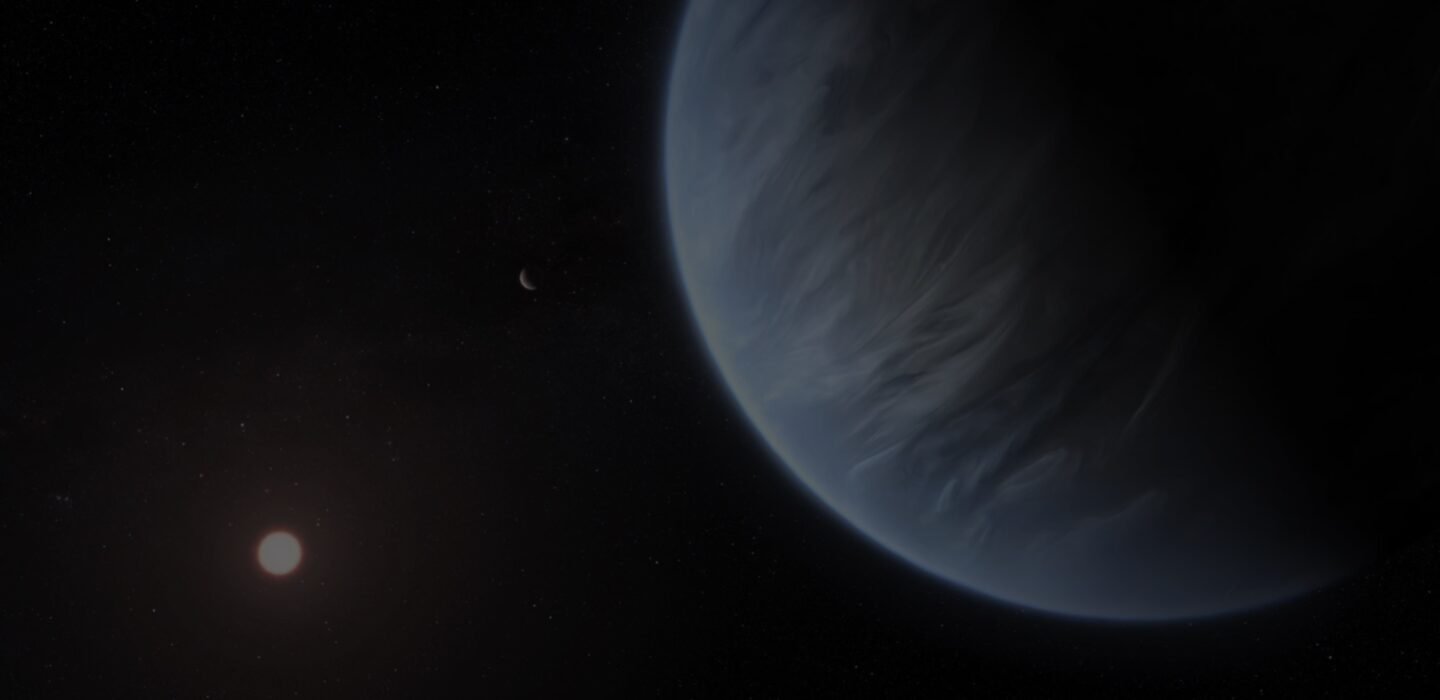
MIT scientists and engineers began preparations for space research with rockets and satellites soon after the founding of the National Aeronautics and Space Administration (NASA) in 1958.
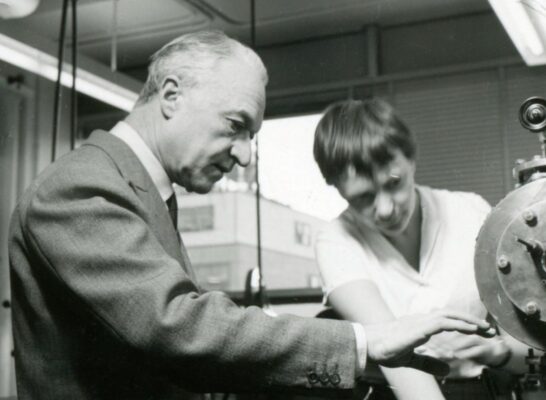
1946
Bruno Rossi joins MIT. Rossi was the lead of the Manhattan Project’s RaLa Experiment which characterized the spherical implosions used to compress the core of Plutonium weapons. The fast ionization chambers developed to measure these implosions would become central to his group’s postwar fundamental research at MIT on particle physics and cosmic rays.
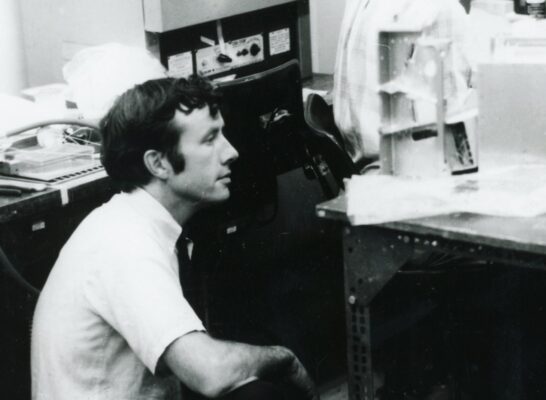
1952
1952: George Clark joins MIT. Clark was a member of the MIT physics faculty for 44 years, and a founding member of MIT's Center for Space Research, now the MIT Kavli Institute. He helped chart the future of X-ray astronomy and played a major role in the discovery of celestial gamma-ray sources.
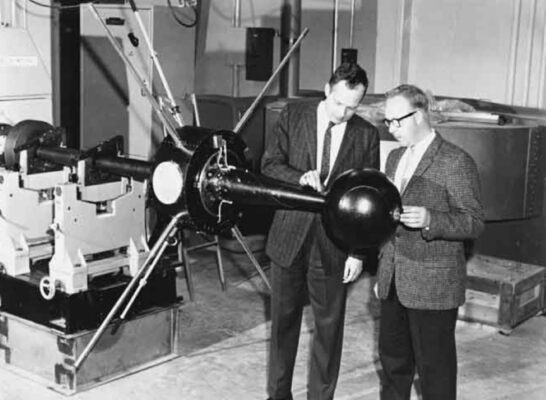
March 1961
March 1961: Explorer-10 MIT Faraday Cup is launched. The first of Prof. Herbert Bridge’s space experiments, it detected cosmic ray protons in cislunar space and established evidence of the Earth’s magnetosphere. The Faraday Cup on Explorer-10 was further developed into the Plasma Science Experiment used for the Voyager program and eventually flew on the Parker Solar Probe.
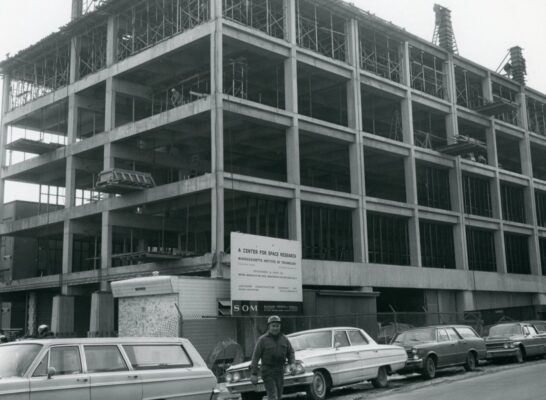
October 1963
October 1963: MIT Center for Space Research is established. Established by a $3 million grant from NASA in collaboration with MIT, our building at 70 Vassar St. was inaugurated by NASA Administrator James Webb when it opened in 1964.
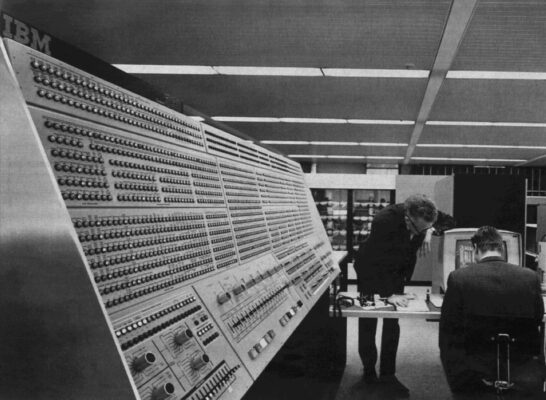
1967
First successful simulation of Galactic Bridges and Tails. Astrophysicists Alar and Juri Toomre produced the first successful N-body simulation of galactic collisions on an IBM 360/95 mainframe supercomputer with 1 MB of fast memory and 4 MB core memory. An iconic movie simulating dynamics of the Antennae Galaxies (NGC4038 and 4039) was filmed by sending ASCII characters to a CRT screen and recording in stop-motion using an analog 16-mm movie camera.
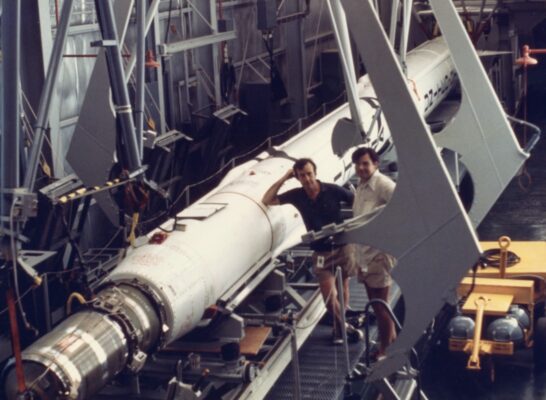
May 1975
May 1975: “Small Astronomy Satellite” SAS-3 is launched. The scientific payload of SAS-3 was entirely conceived and constructed by The Rossi Group at MIT. It led to better than 1’ localization of X-ray sources, the first identification of a quasar from X-rays, and the discovery of many X-ray bursting systems. SAS-3 mission control was located on campus in Building 37, later renamed the Dr. Ronald McNair building.
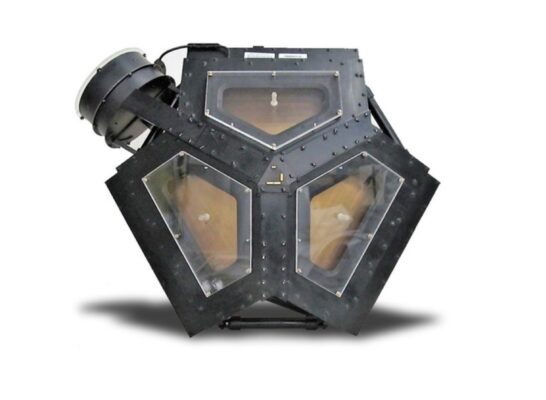
August and September 1977
August and September 1977: Voyagers 1&2 are launched. Flown for nearly half a century and 15 billion miles, the Voyagers made first-of-their-kind observations using only a handful of instruments, including MIT’s Plasma Science Experiments, designed in Building 37 by Herbert Bridge and John Belcher. Beyond the outer planets and the Sun’s reach, the probes now traverse interstellar space.
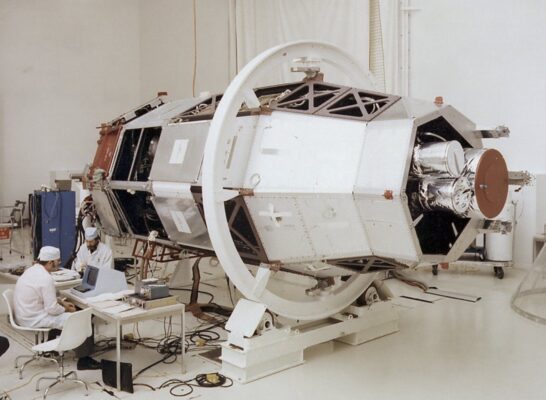
November 1978
November 1978: Einstein Observatory (HEAO-2) is launched. This was the first fully imaging X-ray space telescope with grazing incidence optics, and the second of NASA's three High Energy Astrophysical Observatories. George Clark and Claude Canizares led development of the observatory’s Focal Plane Crystal Spectrometer from the CSR.
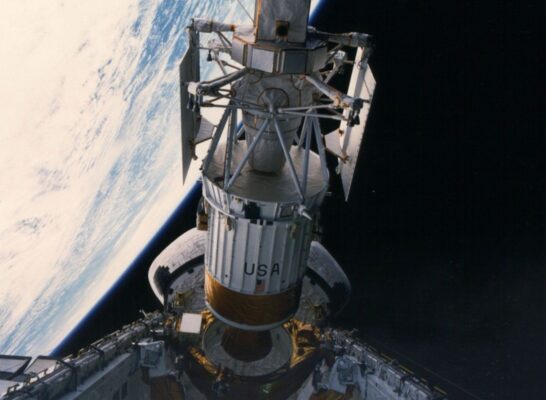
May 1989
NASA’s Magellan Mission. The Magellan spacecraft was the first to image the entire surface of Venus using radar ranging technology. Gordin Pettengill, Director of the CSR from 1984-1989, led MIT’s participation in the ranging experiment.
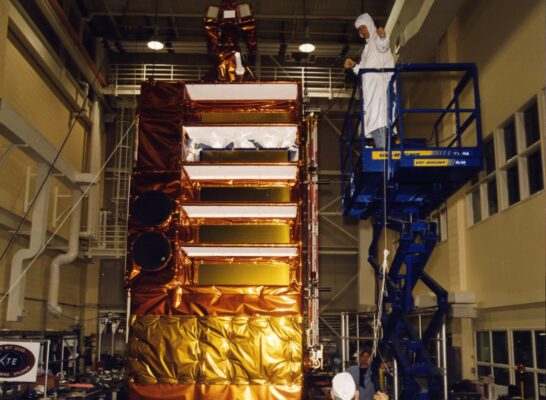
December 1995
Launch of Rossi X-ray Timing Explorer (RXTE). NASA’s Rossi X-ray Timing Explorer (RXTE) was launched to study the extreme environments surrounding black holes, neutron stars, white dwarfs, and other X-ray-emitting cosmic objects through high-precision timing measurements. Prof. Hale Bradt led development of the observatory’s Wide-Field Monitor experiment.
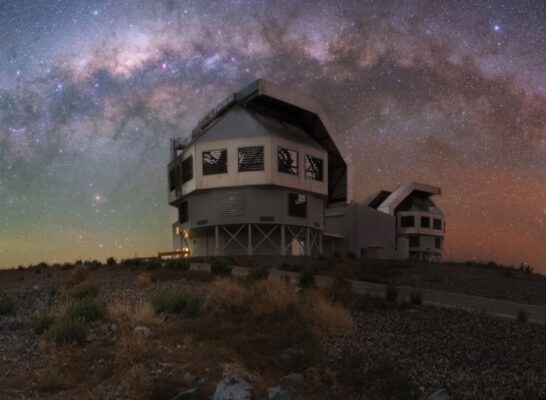
1997
MIT joins Magellan Telescope Consortium. MIT joined three other universities and the Carnegie Institution of Washington in a $68 million project to build a pair of 6.5-meter telescopes on a mountaintop in the clear and dry Chilean Atacamas. Prof. Paul Schechter helped implement an active optics system that continuously updates the telescope’s alignment and primary mirror shape, delivering some of the sharpest images of any ground-based observatory.
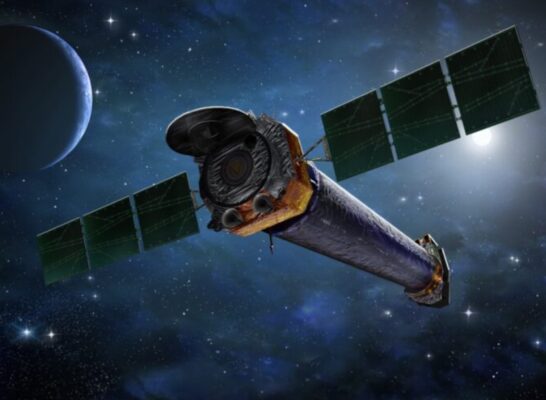
July 1999
The Chandra X-ray Observatory is launched. One of NASA’s “great observatories”, Chandra contains two scientific instruments built at the Center for Space Research: the Advanced CCD Imaging Spectrometer (ACIS, PI Mark Bautz) and the High Energy Transmission Grating spectrometer (HETG, PI Claude Canizares).
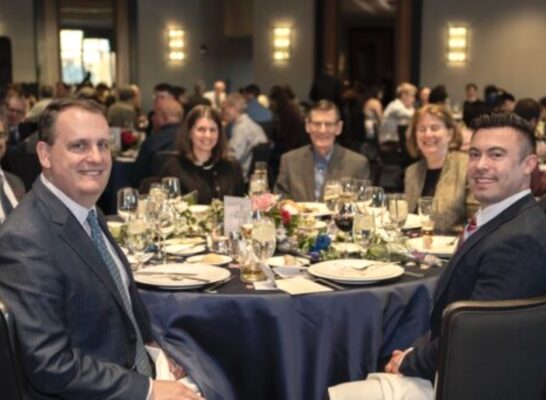
2004
2004: The MIT Center for Space Research becomes the MIT Kavli Institute for Astrophysics and Space Research (MKI). Thanks to a gift from the Kavli Foundation, an endowment is established to support long-term research in Astrophysics and instrumentation for spaceflight experiments. This financial stability provides a foundation for future innovation and is further supported by the co-location of MIT’s Astrophysics Division with MKI in the Ronald McNair Building (70 Vassar St).

2009
The Folded-Port Infrared Echellette (FIRE) commissioned at Magellan: MKI has continued to develop optical and infrared spectrometers and cameras for the Magellan Telescopes in Chile. The FIRE instrument led by Prof. Rob Simcoe (MKI Director, 2019-present) records spectra at infrared wavelengths and confirmed discovery of the earliest known supermassive Black Hole in the universe in 2018, as well as some of the coldest and nearest stars to the Sun (the new Y dwarf class).
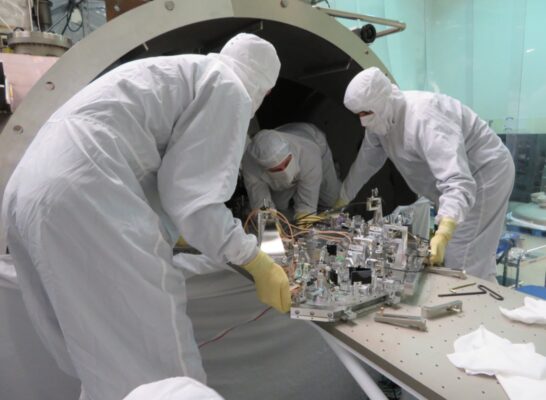
2015
Advanced Laser Interferometer Gravitational-wave Observatory (LIGO) operations begin. LIGO opened the era of gravitational-wave astronomy in 2015, with the first detection of gravitational waves from colliding black holes, and later detection of merging neutron stars coincident with an electromagnetic transient. MIT Prof. Emeritus Rainer Weiss received the 2017 Nobel Prize in Physics for his contribution to the development of the LIGO interferometers and the detection of gravitational waves.
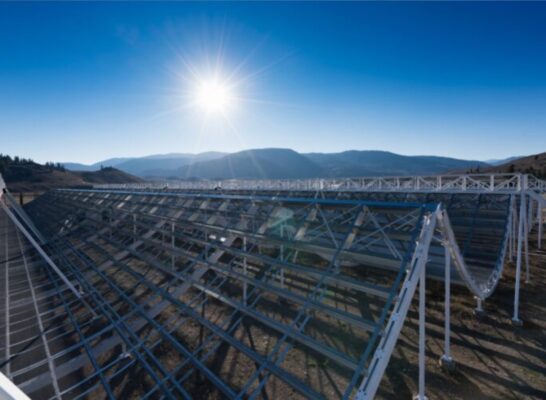
September 2017
The Canadian Hydrogen Intensity Mapping Experiment (CHIME) has its first light ceremony. Its wide field of view and high data throughput allows Prof. Kiyoshi Masui’s Synoptic Radio Lab to study an array celestial phenomena, from the largest structures in the universe, to enigmatic “Fast Radio Bursts,” a new type of rapid astrophysical transient thought to arise from very compact objects.

2018
The Transiting Exoplanet Survey Satellite (TESS) is launched. This NASA Midex Explorer mission has found nearly 1700 confirmed exoplanets to date, and nearly 6000 additional “objects of interest” that include unconfirmed candidate planets, eclipsing binary stars, and other periodic sources. TESS has also made important contributions to astroseismology and transient astrophysics. As of 2025 TESS is entering its third extended mission. Led by PI George Ricker, TESS was a collaboration of many MKI researchers and faculty, including Profs. Josh Winn, Sara Seager, and Jacqueline Hewitt (MKI Director, 2002-2019). The spacecraft cameras and optics were built in collaboration with MIT Lincoln Labs and assembled and tested at MKI.

2024
December 2024: The Large Lenslet Array Magellan Spectrograph (LLAMAS) is commissioned. LLAMAS is an Integral Field Spectrometer, which obtains three-dimensional images of the universe – in two dimensions on the sky and a third precise color – observed by the 6.5-meter Magellan Telescopes at Las Campanas Observatory in Chile (where MIT is a partner). With a lithographic lenslet array, 2400 optical fibers, and 24 spectrograph cameras, LLAMAS is equally capable of mapping distant galaxies, or stars and gas in the nearby universe.